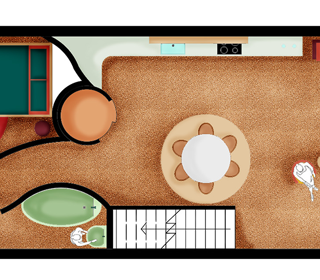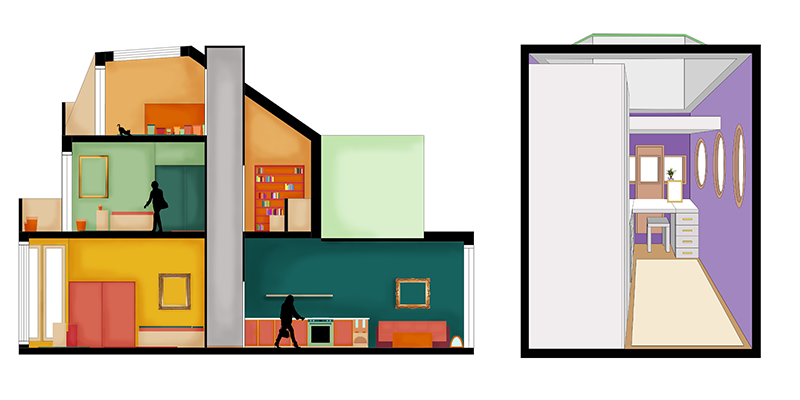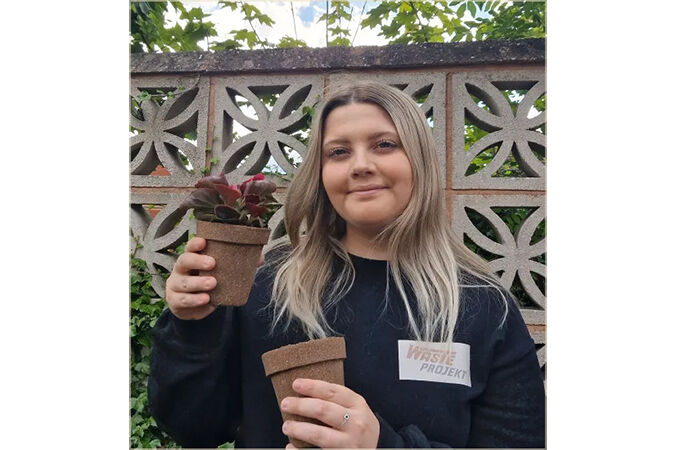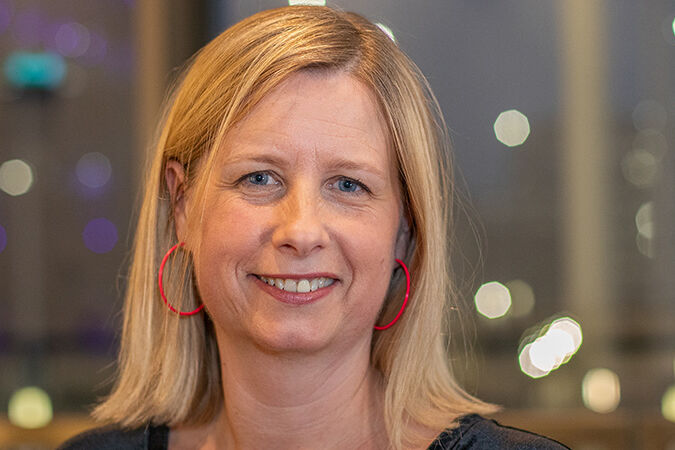
Blog

Our BA (Hons) Design for Future Living course aims to develop innovative design thinking and asks students to question preconceptions about how we live now and how we might live in the future. As future generations face climate change and rising house prices, the course prepares students to meet those challenges head on.
The course is part of Birmingham School of Architecture and Design, and is delivered in collaboration with the educational charity the Ministry of Building Innovation and Education (MOBIE).
Zoe Culverhouse, a first year student on the BA (Hons) Design for Future Living course and Student Representative shares her experience of the course so far and why she chose to study at BCU.
I discovered the Design for Future Living course and after reading about the content realised that I had unknowingly been incorporating ideas of sustainability into the work I was already creating on my art and design college courses. Sustainability became an interest of mine and something I wanted to learn more about. Before finding the course, I didn’t know there was a way to be able to combine and learn about both design and sustainability at the same time. Finding this course was exciting and I couldn’t wait to start.
During this pandemic the idea of the Design for Future Living course has become even more important. The home is now an office, school, restaurant, gym and much more, and with most people around the world spending significantly more time in their homes than ever before, change will inevitably occur. In the time between choosing to do this course and going to university to start studying, the pandemic peaked and completely changed my foreseeable future.
The projects on the course so far have been extremely varied and challenging but a lot of fun. I’ve learnt about a range of topics such as construction methods, new technologies and materials and much more. This is all important information and has been instrumental in the creation and development of my projects. I have also learnt a lot of new skills alongside refining my existing skills, for example how to properly draw technical drawings, model making, and digital skills. Learning these skills has improved my design process and it has become a lot more efficient.

Having opportunities to hear from, and present my work to, people in the industry is my favourite part of the course and has been a huge source of inspiration, allowing me to see how my work fits into the existing industry. We’ve spoken to people like Andy Sutton from Sero Homes, Gerry Ruffles from MOBIE and Natalie Marsh from APEC Architects, and had a session with Visiting Professor George Clarke.
Cosmo Bell, one of my course-mates and my course representative partner, spent some time at a different university on a different course and, since joining BCU, he has found that it feels a lot more natural in its teaching process and is a lot more up to date. There’s more creative freedom and innovation, and new ideas are a big part of the course. All of our peers have seen development in their work and skills, and we’re all looking forward to getting back into the studio soon to collaborate more with each other!
Birmingham School of Architecture and Design
Find out more about our courses




